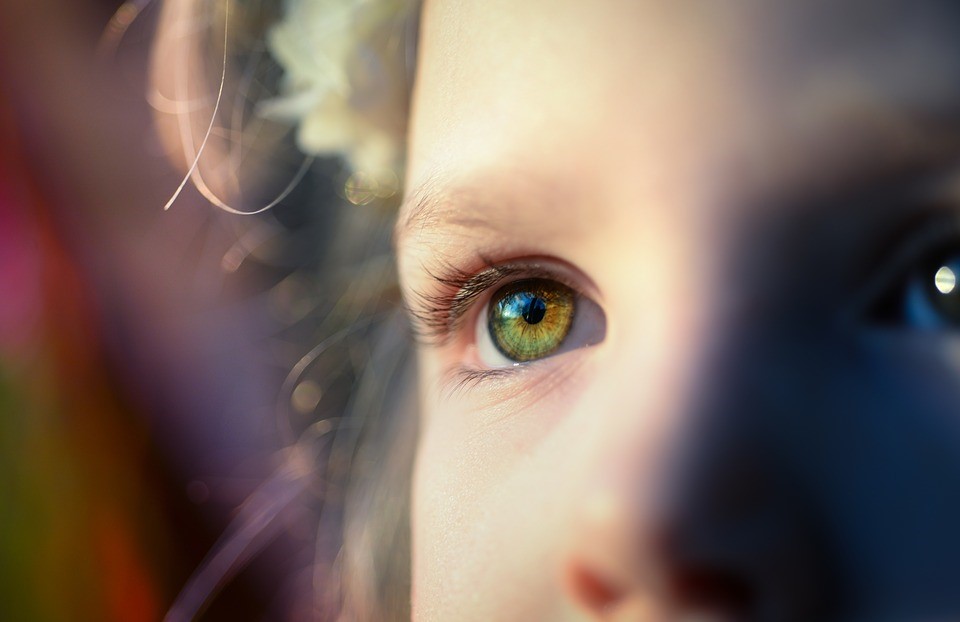Eye Care for Teachers
Eye Care for Teachers
Stress and burnouts are relatively common these days. Stress can lead to depression, high blood pressure and numerous other ailments. Not many know that stress also impacts vision. Teaching, among many other professions, is prone to stress and the effects it brings along.

Why is eye care important?
Eyes are one of the most vital sense organs. 80% of what we perceive come through our sense of sight. Eye care is essential because:
-
Good vision indicates good health
The eyes are connected to many other systems in the body. Nutrients like zinc, vitamin C and E, and omega-3 fatty acids are known to keep eye-related issues at bay. A balanced diet with green leafy vegetables, proteins and citrus fruits will not only aid in improving the vision but will also keep the body healthy.
-
Brain is associated with vision
The eyes are connected to the brain through the optic nerves. Keeping the eyes healthy increases the health of the brain and this helps improve the overall quality of life.
-
To avoid development of diseases
The main reason for vision care is to avoid development of any disease. Poor eye care leads to various issues like conjunctivitis, itchiness, swelling and redness.Taking measures to keep the eyes healthy will help keep the diseases at bay.
-
Benefits of a good vision
A healthy eye-care regime offers various benefits like improving confidence, enhancing the mental well-being and overall health of a person, etc.
 Types of vision-related issues:
Types of vision-related issues:Here are some of the vision-related issues that a teacher/child can face:
-
Central Serous Retinopathy (CSR)
This condition affects the central part of the retina. Under this condition, fluid gets accumulated in the central part of the retina causing distorted/blurred vision. The condition usually gets better with time, but in certain cases the vision may get affected permanently.
-
Blepharospas
This is a condition which leads to the twitching of eyelids. It is caused by high level of stress. Usually, the twitching reduces on its own. Lack of sleep and high intake of caffeine are also said to result in Blepharospasm.
-
Red eyes
It is a condition where the white part of the eye looks red or bloodshot. Red eye can occur in both eyes or just one eye, and includes symptom like itching, burning, dryness, pain, and discharge from the eye. Dust, smoke and pollution can turn the eyes red.
-
Eyestrain
It is a common condition that occurs when the eyes get tired due to intense activity like staring at digital devices, driving long distances, etc. Eyestrain includes symptoms like blurring vision, headaches and other discomfort.
-
Eye Floaters
Floaters are spots in the vision that move along with the movement of the eye. It is a painless condition and occurs due to age, medication and problem with the eye.
-
Dry eyes
Dry eye is a common condition where the eyes are not able to produce sufficient tears to stay lubricated. It is caused due aging, medication, increased screen time, exposure to smoke and wind.
-
Excess tearing
Watery eyes or excessive tearing occurs due to an irritation or inflammation of the eye’s surface. Watery eyes are common during cold or windy weather. Eyelash and allergies can result in excessive tearing.
-
Conjunctivitis
It is also called as pink eye and is an inflammation of the white part of the eyeball. Symptoms include redness, itching and tearing of the eye.
-
Vision related issues
Teachers and children are prone to farsightedness (distant objects are seen clearly, but objects nearby appear blur) and nearsightedness (faraway object appear blur).
-
Itchy Eyes
Allergies can lead to itchy eyes. It is a condition where the eye seems irritable and one tends to rub the eye which in turn makes it go red and puffy.
 How to protect your vision?
How to protect your vision?Eye care begins at home by taking certain measures like:
-
Eat right
A balanced and healthy diet goes a long way in keeping the health in check. Eating the right kind of food helps in keeping the eyes healthy.
-
Stay clean and keep the eyes clean
Cleanliness is another important aspect when one talks about vision care. Students (especially the younger ones) are prone to rubbing their eyes or touching their eyes with dirty hands. They should be taught to stay clean as a dirty hand can trigger infections and allergies.
-
Protect your eyes while stepping out
Extreme exposure to sunlight can harm the eyes. It is advised to put on sunglasses while stepping out on a sunny day.
-
Rest your eyes occasionally
Teachers are more prone to eyestrains and headaches due to long exposure to screens, books and the board. It is advised to rest the eyes every few minutes by just closing it or by looking away. Doctors often suggest the 20-20-20 rule. According to this rule, it is advised to take a break every 20 minutes, by looking at an object that is 20 feet away for 20 seconds.
-
Go for regular checkups
Students and teachers should make it a point to go in for regular eye checkups once in six months. As far as issues pertaining to myopia, presbyopia and hyperopia are concerned, regular checkups are advised as the power of the lens keeps changing.
In a nutshell, teachers should ensure that they take good care of their eyes by consuming healthy food and avoiding excessive strain to the eyes. Healthy eyes lead to a healthy lifestyle, this in turn affects the environment in the classroom as, a healthy teacher will be able to motivate his or her students to learn in a better way.





















